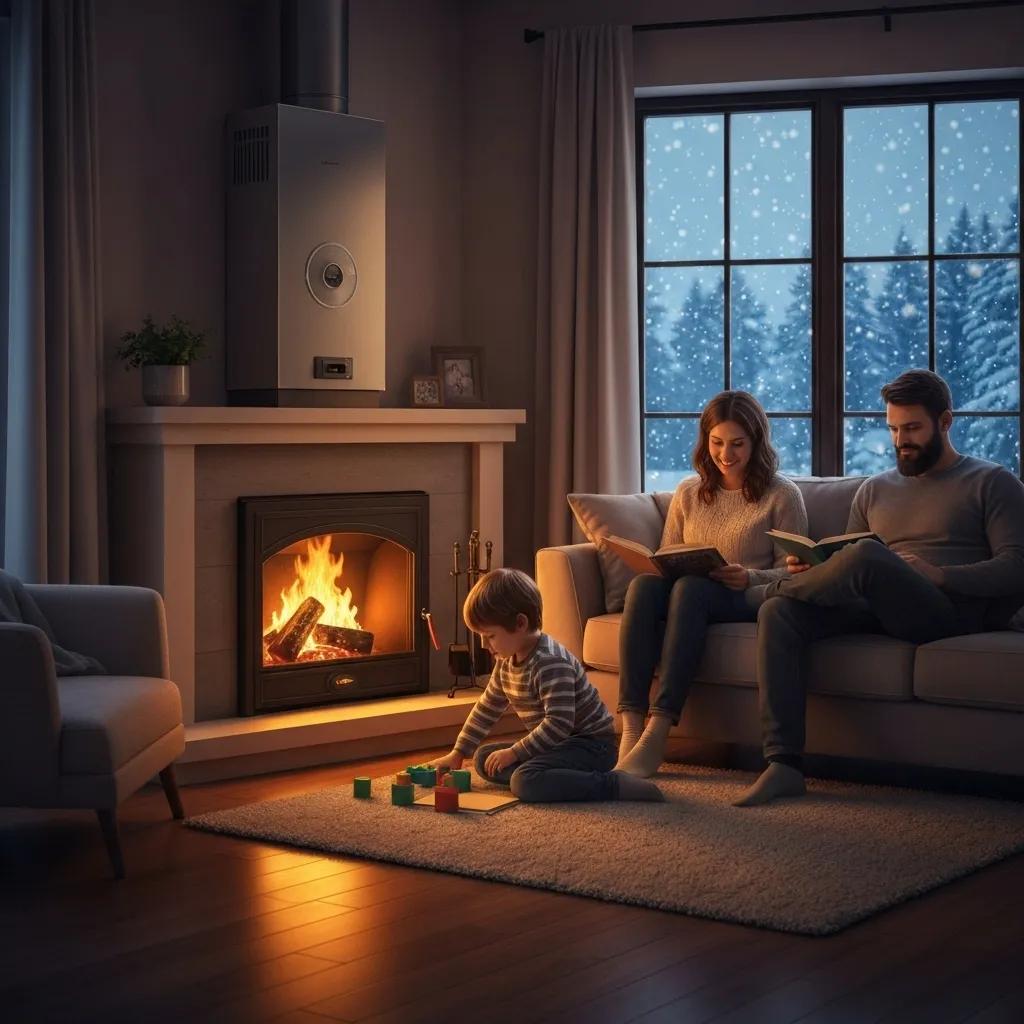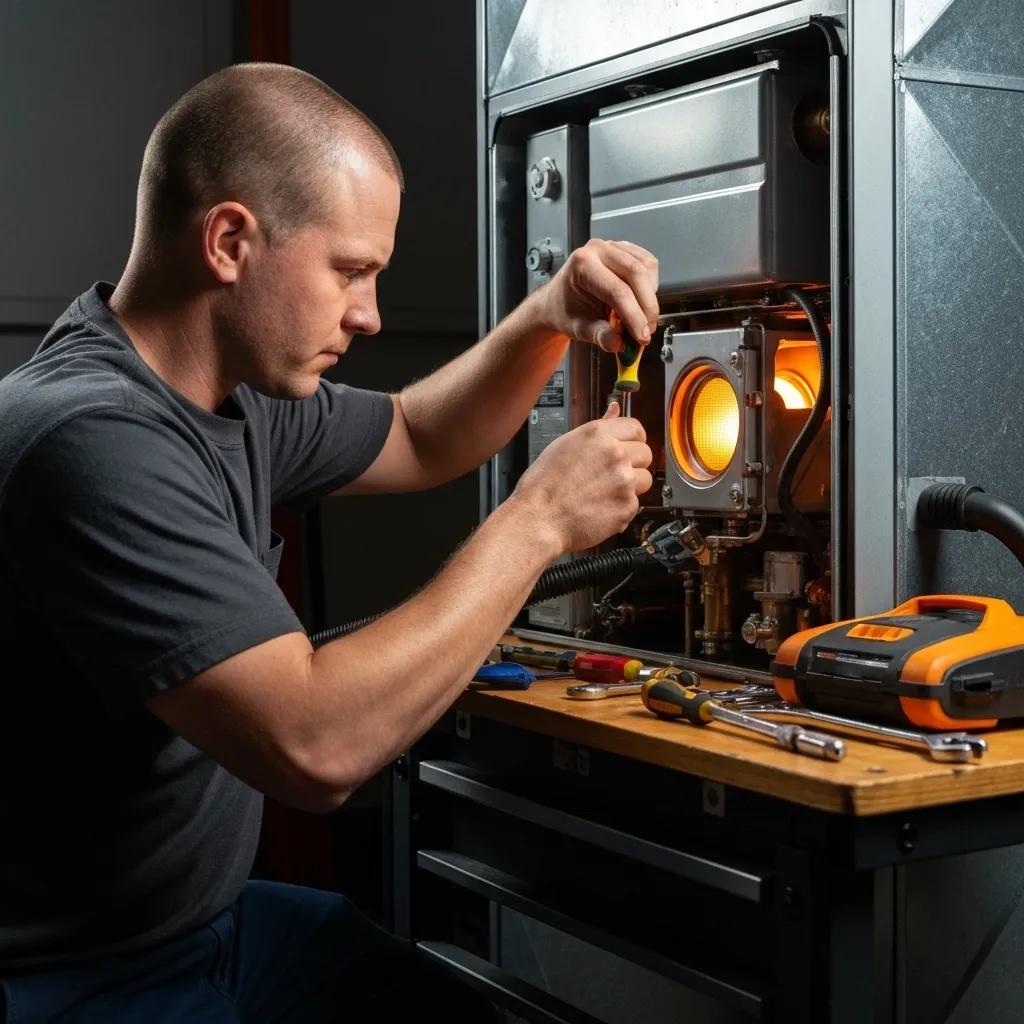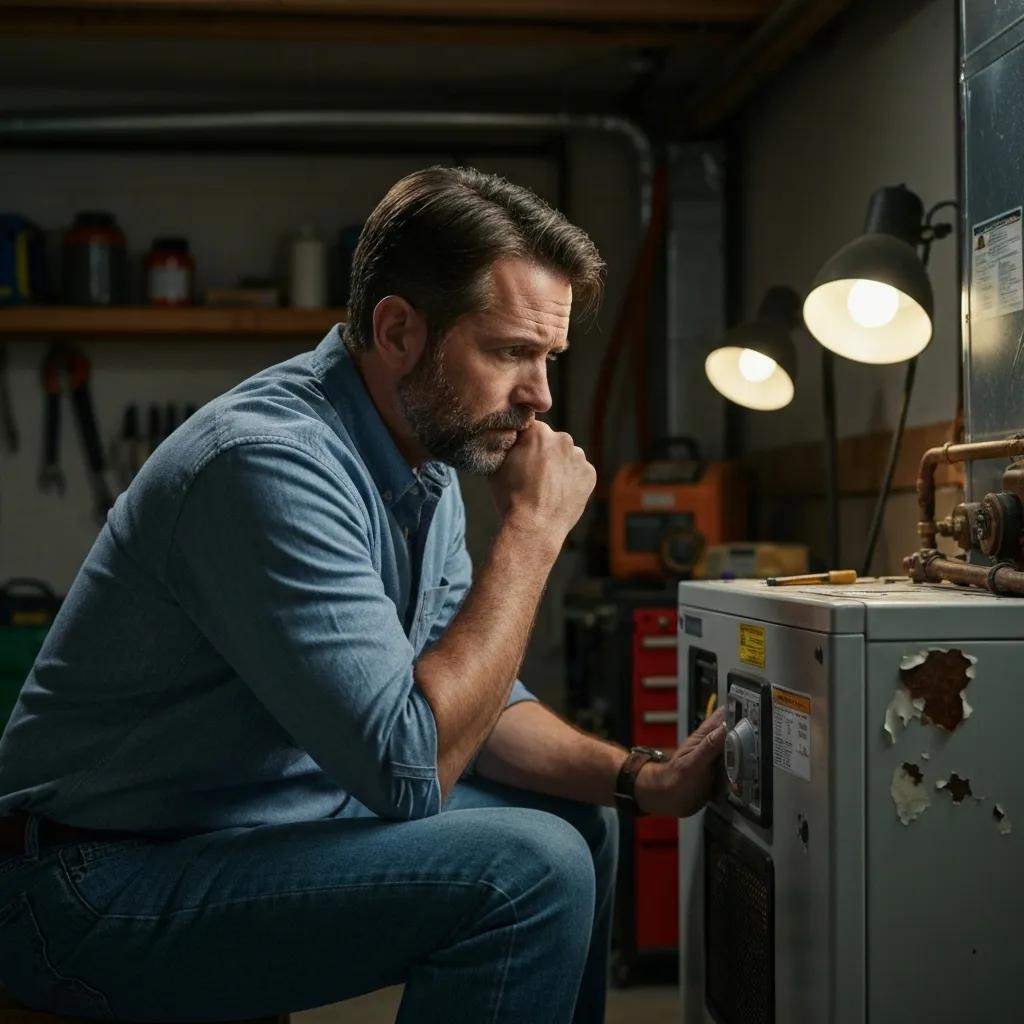
How to Get Ready for Winter Furnace Maintenance: Essential Steps for Homeowners
Preparing your furnace before freezing temperatures arrive can boost energyefficiency, extend equipment lifespan, and safeguard your family’s comfort and safety. In this concise guide, you’ll discover the key benefits of winter furnacemaintenance, a comprehensive tune-up checklist, warning signs of repair needs, how to choose the right air filter, and when to call in a professional. Along the way, we’ll highlight how Furnace Exchange’s reliable local expertise and free estimate offers help Northwest Indiana homeowners tackle seasonal HVAC challenges with confidence.
What Are the Key Benefits of Winter Furnace Maintenance?
Routine winter maintenance ensures your heatingsystem runs smoothly, preventing breakdowns and reducing utility costs.
How Does Regular Furnace Maintenance Improve Energy Efficiency?
Regular tune-ups clean burners, lubricate moving parts, and replace clogged filters, all of which minimize energy loss. By restoring optimal airflow and combustion, maintenance can reduce fuelconsumption by up to 15 percent, translating directly into lower monthly heating bills while keeping indoor temperatures stable.
Energy Efficiency and HVAC Systems
Research indicates that regular maintenance, including filter replacements and system tune-ups, can significantly improve the efficiency of HVAC systems. This can lead to reduced energyconsumption and lower utility bills for homeowners. Studies show that optimizing airflow and combustion can reduce energyconsumption by up to 15%.
U.S. Department of Energy, EnergyEfficiencyand Renewable Energy(2024)
In What Ways Does Maintenance Extend Furnace Lifespan?
A thorough inspection uncovers wear points such as worn belts or corroded components before they fail. Addressing small issues early prevents major breakdowns, often adding five or more years to a furnace’s operational life by ensuring parts function within manufacturer specifications.
How Does Maintenance Enhance Home Safety and Air Quality?
Cleaning and calibrating safety controls reduces the risk of carbon monoxideleaks, while replacing filters removes dust, pollen, and allergens. These steps protect occupants from hazardous fumes and improve indoor air quality, supporting respiratory health throughout the winter months.
What Is Included in a Comprehensive Furnace Tune-Up Checklist?

A professional furnace tune-up evaluates every critical component to maximize performance and safety.
How Often Should Air Filters Be Replaced for Winter?
Air filters trap airborne particles that impair airflow and heat exchange. During heavy-use months, replacing filters every 30 to 60 days is ideal to maintain efficiency and prevent strain on blower motors. For more information, visit Furnace Exchange.
Why Is Thermostat Testing and Calibration Important Before Winter?
A calibrated thermostat ensures accurate temperature readings, preventing short-cycling and uneven heating. Verifying sensor accuracy and control settings helps your furnace deliver consistent warmth without overworking, which preserves system integrity.
What Are the Essential Safety Control Checks During Tune-Up?
Technicians inspect:
- Carbon monoxide detectors
- Limit switches
- Ignition sensors
Furnace Safety and Maintenance
Regular furnacemaintenance is crucial for ensuring home safety and preventing hazardous situations. Inspections of safety controls, such as carbon monoxide detectors and ignition sensors, are essential for preventing dangerous failures and fire risks.
National FireProtection Association, Home HeatingSafety(2023)
How Does Ductwork Inspection Improve Heating Performance?
Sealing leaks and removing debris from ductwork restores balanced airflow throughout the home. Properly sealed ducts prevent warm air loss in unconditioned spaces, ensuring every room receives adequate heat and reducing overall energy demand.
What Are the Common Signs Your Furnace Needs Repair Before Winter?

How to Identify Unusual Furnace Noises and What They Mean?
Banging or popping often indicates expanding metal or delayed ignition, whereas rattling can signal loose panels or internal debris. Squealing noises typically point to worn blower bearings. Addressing these sounds early prevents further damage. For more information, visit our blog.
Why Are Increased Energy Bills a Warning Sign?
A sudden spike in heating costs often reflects declining systemefficiency, caused by clogged filters, failing motors, or combustionissues. Monitoring bills alongside routine maintenance alerts you to hidden malfunctions.
What Does a Yellow Pilot Light Indicate About Furnace Safety?
A healthy pilot light burns blue. A yellow flame signals incomplete combustion, which can produce carbon monoxide. Immediate service is necessary to adjust gas pressure and ensure safe operation.
How to Recognize Frequent Cycling and Inconsistent Heating?
Short on-off cycles (short-cycling) or cold spots in living areas suggest airflow restrictions or overheating protection kicks in too soon. These patterns stress the furnace and lead to premature wear if left unchecked.
How to Choose the Best Furnace Filters for Winter Efficiency?
Selecting the right filter balances indoor air quality with system performance.
Before examining types, here’s why filtration matters: Filters capture particles that degrade airflow and aggravate allergies, directly impacting comfort and energy use.
| Filter Type | Characteristic | Typical MERV Range | Winter Benefit |
|---|---|---|---|
| Pleated | Dense fiber matrix | 8–13 | High particle capture for clean air |
| Electrostatic | Static charge attraction | 4–8 | Reusable options reduce waste |
| Fiberglass | Spun glass fibers | 1–4 | Low resistance, budget-friendly |
Selecting a filter with the right MERV rating prevents strain on blower motors while capturing allergens. Pleated filters (MERV 8–13) often offer the best compromise for winter performance. Our blog
When Should Homeowners Call a Professional for Furnace Maintenance or Repair?
Knowing your DIY limits ensures safety and preserves system warranties.
What Furnace Maintenance Tasks Can Homeowners Safely Perform?
Homeowners can: Homeowners
- Replace or clean air filters every month
- Clear vents and registers of dust and obstructions
- Inspect visible duct joints for obvious leaks
Which Furnace Issues Require Emergency HVAC Services?
Situations demanding urgent attention include:
- Detected gas leaks or odor of rotten eggs
- Carbon monoxide alarm activation
- Furnace failure in extreme cold
- Electrical burning smells
How Does Furnace Exchange Support Northwest Indiana Homeowners?
Furnace Exchange combines NATE-certified technicians with local area knowledge in Porter and Lake Counties. We offer free estimates, timely emergency response, and preventative maintenance plans designed to keep your heatingsystem efficient and safe all winter long. For more information, visit Furnace Exchange.
Homeowners who schedule winter maintenance with Furnace Exchange gain peace of mind, reliable comfort, and long-term savings on repairs and energy. Preparing your furnace now prevents costly failures later and delivers consistent warmth when you need it most.
Contact us today to claim your free estimate and ensure your home stays safe and cozy throughout the cold season.